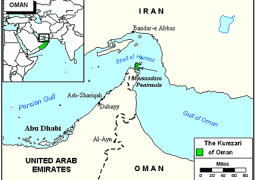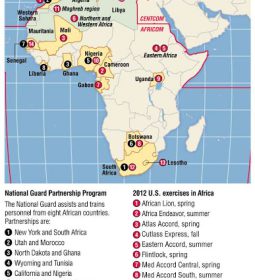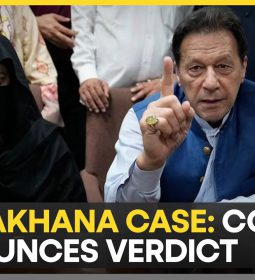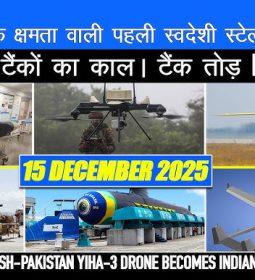Chennai out of water – India is running out of water, fast

Delayed monsoon rains highlight fragility of the water supply in the deeply agrarian South Asian country.
India’s news network NDTV said 40 percent of India’s population will have no access to drinking water by 2030, according to a report by the National Institution for Transforming India (NITI Aayog) – the country’s principal planning organisation.
One of the worrying predictions of climate change has been a weakening monsoon season in South Asia. For the last five years, rainfall in the region has been below average, with 2015 being the worst at 86 percent.
This year’s late monsoon progress is worrying, with a prolonged heatwave aggravating the situation. From Andhra Pradesh to Bihar, the late onset of monsoon cloud and rain has allowed daily temperatures to remain higher than normal.
Chennai out of water
The city of Chennai in Tamil Nadu state is now virtually out of water, while it has been hitting temperatures over 41C for nine of the last 10 days; on June 10, it was 43C. The average for June in the city is 37C and the record 43.3C.
Millions of people have been forced to rely on water from tank trucks in the southern Tamil Nadu, which had a 62 percent shortfall in monsoon rains last year.
Tamil Nadu’s fisheries minister D Jayakumar said the government has been making up for the deficiency created by successive failed monsoons. He said the government would be able to manage the crisis until the northeast monsoon, which brings rains to the state between October and December.
The minister said around 400 water tankers were making 9,000 trips distributing water across Chennai. “At a time when even nature is not offering a helping hand, we are pumping one thousand million cubic feet of water from Mettur to Veeranam lake, from where the water is channelised into the city,” he said.
Deficient rainfall during the 2017 northeast monsoon and a failed monsoon in 2018 have resulted in the depletion of groundwater levels and the near drying-up of major water bodies. Four major lakes around Chennai – Chembarambakkam, Poondi, Red Hills and Cholavaram – are almost dry.
While 70 percent of India’s population depends on agriculture, 75 percent of water required for the fields comes from the southwest monsoon. Water storage in reservoirs appears insufficient for irrigation and drinking supplies and boreholes down to the groundwater are commonplace.
The increasing population, increase in irrigation requirements, the need for drinking water and deficient monsoon rains have obvious consequences. Boreholes are drawn on for greater supply and the groundwater level consequently drops even further.
New water crisis ministry
India’s government has created a new ministry to grapple with a growing water crisis, with more than 60 percent of the country’s 1.3 billion people dependent on farming and good monsoon rains.
Indian President Ram Nath Kovind says the new Ministry of Water Power will tackle water conservation and management, Reuters news agency reported on Thursday.
Kovind told parliament that traditional water conservation practices are disappearing as ponds and lakes are filled to build houses.
- Previous How many super rich in Israel? Meet Israel’s 128 Billionaires
- Next Houthi rebels hit Saudi facility with ‘cruise missile’
















